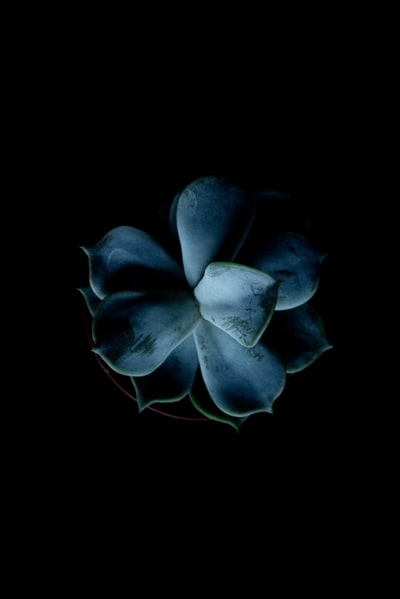Mystery

The idea of sensuality and emotion were present at the very beginning of the genre with Anne Radcliffe’s novels of dark passion and death (The Italian, The Monk). Women are usually portrayed within the confines of being either a virgin (and passive and victimised), or promiscuous (strong willed and free) and their sexual freedom is punished with death or diagnosed as madness. The sensibility of women was criticised throughout the 18th and 19th centuries, often deemed madness, illness or hysteria, extreme emotion was a condition. Angela Carter challenges this gothic stereotype in The Bloody Chamber where men become victims instead.
But passion is very prominent in the genre, the expression of extreme emotions, such as the relationship between Cathy and Heathcliff in Wuthering Heights. Charlotte Bronte also uses the gothic genre to portray romance in Jane Eyre. In both the relationship is difficult, for Jane because Mr. Rochester represents temptation and her sexual desires and she strives to be good and godly and for Cathy because Heathcliff is a violent, brooding young man prone to rage as well as passionate love. It is because of these qualities that the two men are described as Byronic heroes.
Even the landscapes are disordered, dark and passionate in gothic fiction. They often reflect the emotions of the characters and this is called pathetic fallacy. Nature was important to the Romantics as it provoked terror and awe because of its vastness, beauty and connection to a higher unknown power, thus in literature of the period the landscapes are often described much as they are painted or written about in Romantic poetry and have significance to the stories.